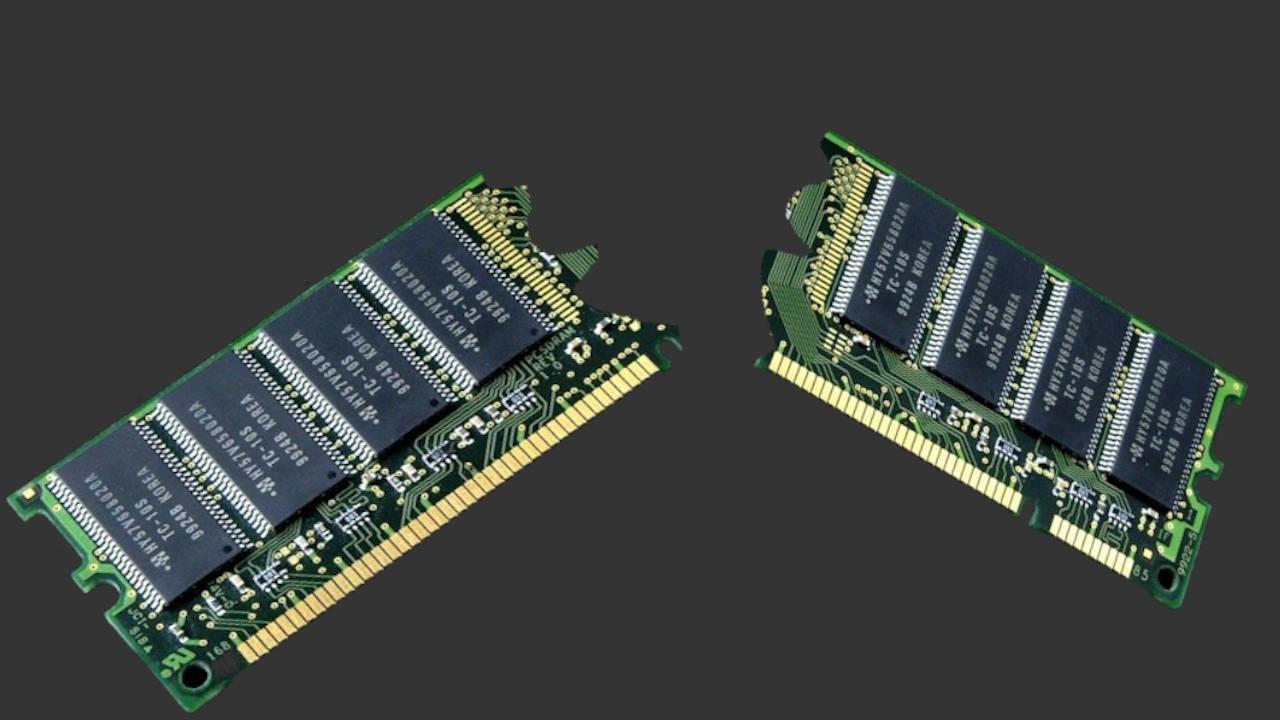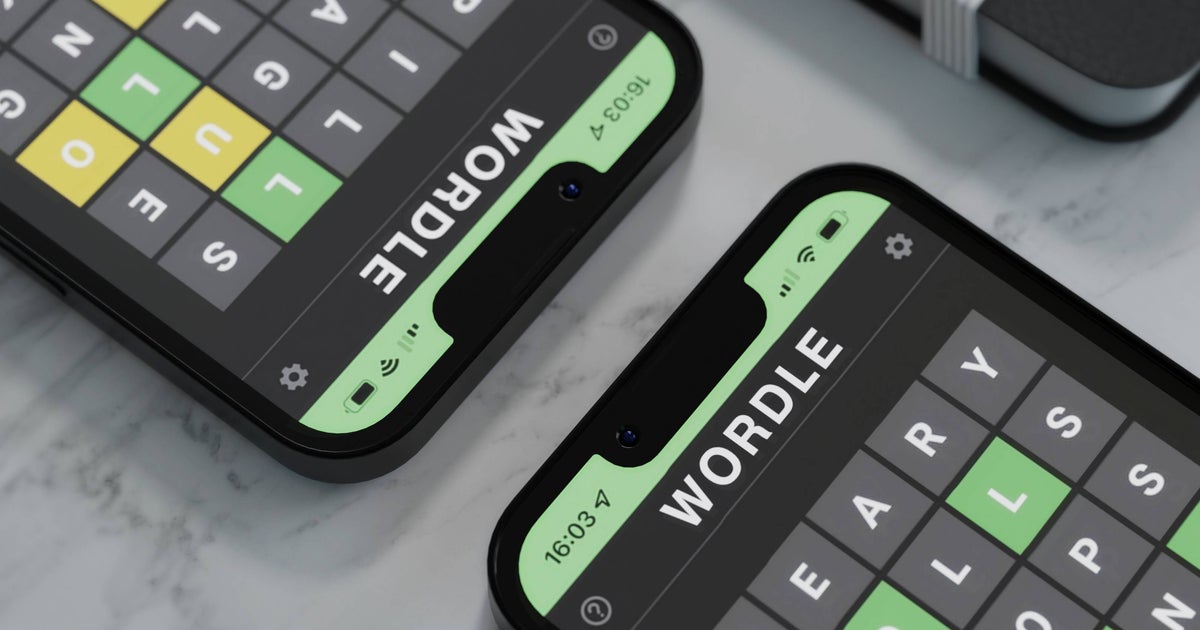Information technology is a field of research that evolves every day, and we can see this in a large number of proposals that are made daily by all the specialized sites that investigate to create all kinds of things as innovative as possible. Today we witnessed the creation of FlexRAMa type of memory RAM flexible created from liquid metal.
Memory RAM It is one of the most complicated components to install for some people, because if we apply too much force we risk breaking one of the pins it contains when trying to connect it. This technological advance allows the creation of a memory RAM
FlexRAM, the first flexible RAM memory
The project created by researchers from Tsinghua University was successful, as they created a memory RAM extremely flexible, which will set a precedent in the creation of these modules and which in a few years we will be able to see in operation. It is currently in the conceptual phase, with a functional prototype which offers more than 3,500 reading cycles, which is still very far from what current memories offer us, since they allow millions of reading cycles.
On the other hand, it is a model that shows that nothing is impossible in the field of technology, and this with the rest of the research currently carried out in electronics. flexible, can allow us to overcome the physical barrier posed by the rigidity currently offered by silicon. This advancement makes us think that there may be a time when we see how the devices we currently have evolve until they are good enough. flexible to be able to fit into any space, no matter how small.
How is it possible?
In fact, if we want the technical explanation, it is quite difficult to understand if we do not know how the materials and techniques used work, but what we must be clear to understand how it works, it is knowing that this allows us to have so much flexibility
Regarding the technique used, the researchers indicate that the applied voltage pulses attempt to imitate neuronal polarization, allowing a transition from a state of high resistance to a state of low resistance, which, as we well know, are the processes that allow us to represent both 1 and 0 when it comes to storing data in computing. This is why we can say that with each passing day we are getting closer to being able to reproduce the functioning of our brain to apply it to information technologies.










